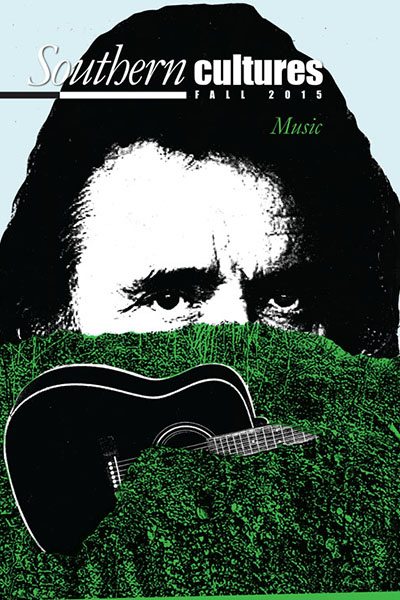“In 1988 and ’89 I started convincing people to come down there. [W]hen I got B.B. King, which took me seven years, that’s really when it completely turned.”
John Elkington moved to Memphis, Tennessee, to start law school in 1970, a year after urban clearance claimed its first building on Beale Street. The twenty-two-year-old student walked down Beale Street trying to imagine what it was like in its heyday, before the crumbling buildings and bulldozers. In the first half of the twentieth century, Beale Street was a popular destination for African American southerners who came there to support the musicians and shop owners located on the segregated strip. It became known as the “Home of the Blues” because of its lively nightclubs and frequent appearances by blues greats like W. C. Handy, B.B. King, and Memphis Minnie. But the music ended downtown around the late 1960s. Two main factors contributed to Beale Street’s demise: the decline of the city’s downtown business district in the era of rapid suburbanization and the assassination of Dr. Martin Luther King Jr. in 1968, just a few blocks away. The riots that ensued damaged buildings on Beale and resulted in more than eighty arrests and twenty-eight injuries. Although Beale was largely deserted when Elkington arrived in Memphis, he saw something “magical” amongst the ruins and later dedicated his career to showing others that magic as well.


